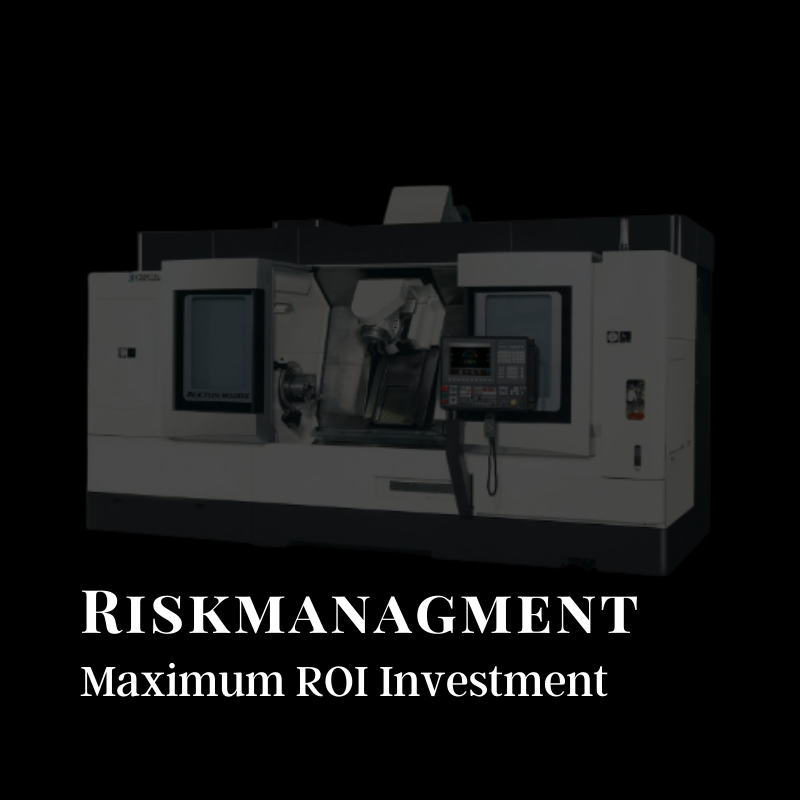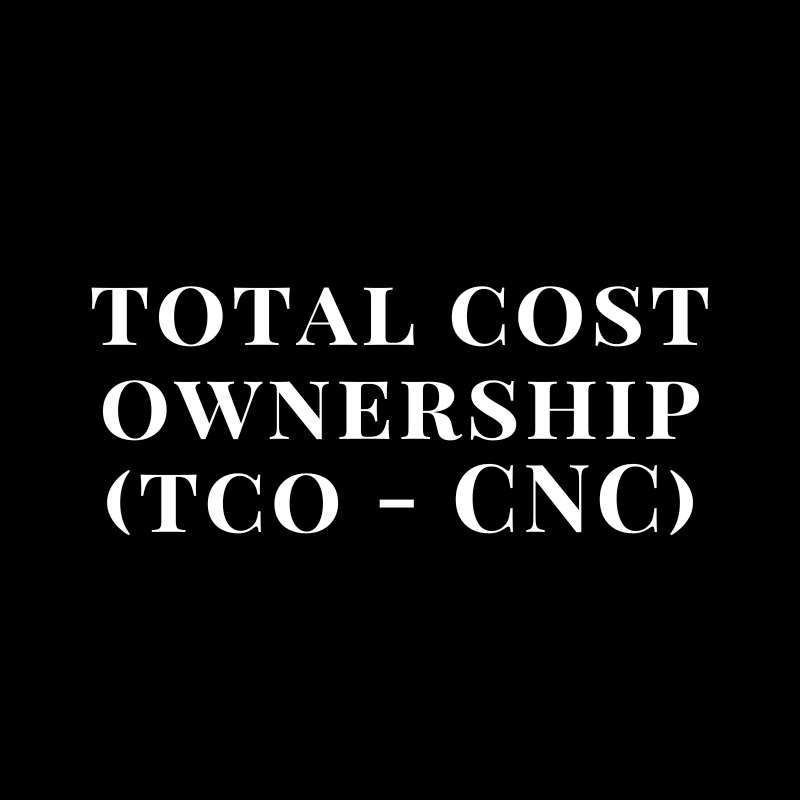Evaluating the Return on Investment (ROI) for a CNC machine is a critical step in determining its value to your business operations.
On average, calculating the ROI of a CNC machine involves comparing the total cost of ownership, including purchase, operation, and maintenance costs, against the financial benefits it brings. These benefits often include increased production efficiency, improved product quality, and reduced labor costs. An effective ROI analysis also takes into account factors such as the machine's lifespan, its impact on production capacity, and any potential increase in revenue or market share resulting from its use.
We'll explore how to quantify the tangible and intangible benefits of your investment and what key factors to consider in your calculation.
How to Calculate ROI for a CNC Machine
Calculating the ROI for a CNC machine requires a systematic approach to understand its financial impact on your business. Here’s a step-by-step guide to help you navigate this process:
- Initial Costs: Start by tallying the initial investment, which includes the purchase price of the machine, installation, and any necessary training for your staff.
- Operational Costs: Factor in the ongoing operational costs, such as energy usage, maintenance, tooling, and materials.
- Increased Production Capacity: Evaluate how the CNC machine will enhance your production. This could be in the form of faster production times, increased output, or the ability to produce more complex items.
- Quality Improvement: Consider the potential for improved product quality, which can lead to higher customer satisfaction and potentially higher prices or increased demand.
- Labor Cost Reduction: CNC machines can automate tasks, potentially reducing labor costs. Calculate the savings in terms of reduced labor hours or the avoidance of hiring additional staff.
- Revenue Increase: Estimate the additional revenue generated by the new capabilities of the CNC machine. This includes entering new markets or increasing market share.
- Intangible Benefits: Consider intangible benefits like enhanced reputation, customer loyalty, and employee satisfaction.
- Calculate Net ROI: Subtract the total costs from the total benefits and then divide by the total costs. Multiply by 100 to get the ROI percentage.
Keep in mind:
- Be realistic in your estimates of increased revenue and cost savings.
- Consider the long-term impact, not just immediate benefits.
- Regularly review and adjust your calculations as market conditions and business needs evolve.
- Don’t overlook intangible benefits, as they can be significant.




